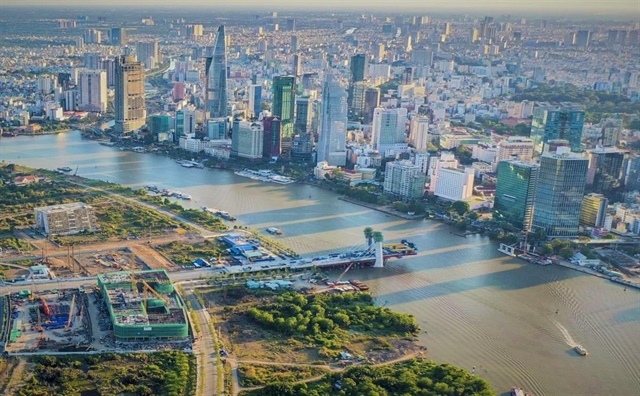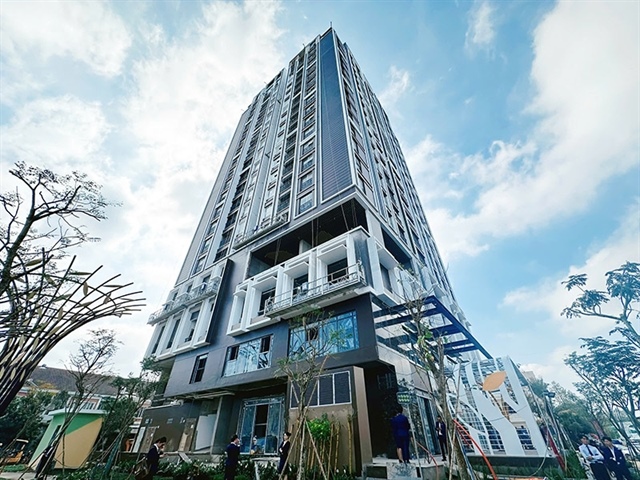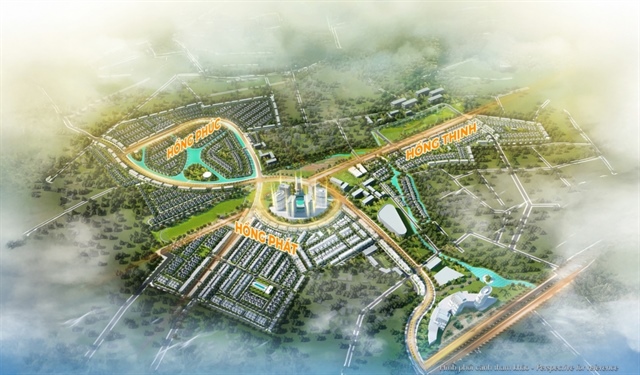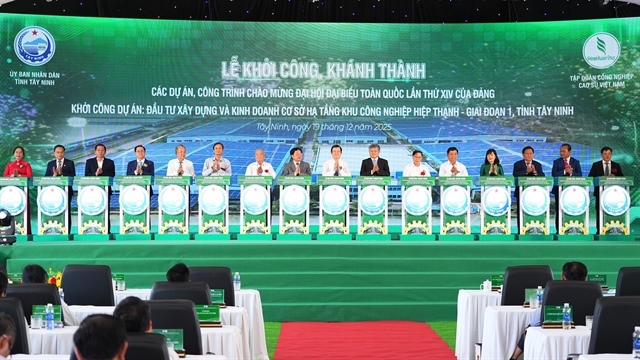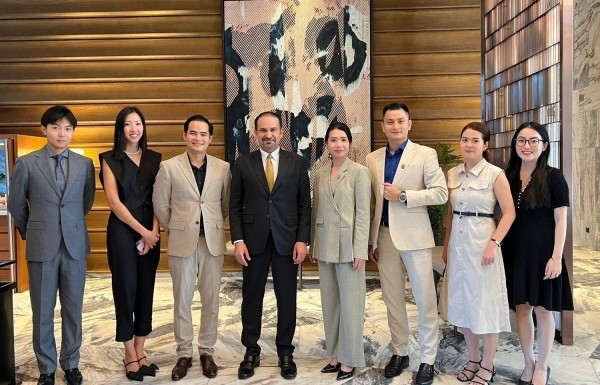CBD should be for commercial buildings
CBD should be for commercial buildings
When it comes to societal implications, the central business district (CBD) is where a great volume of economic and commercial activities of a city takes place. For this reason, it should be a venue exclusively for commercial buildings such as offices, hotels or shopping malls.

In its housing development plan for 2016-2020, approved in Decision 5087/2018, the HCMC authorities state that their policy towards the existing downtown area encompassing District 1 and District 3 is to put accommodation development under control until 2020, with no new investment approval and recognition of investors to residential projects.
This decision is probably made out of the fear of infrastructure overload, although one must admit that apartment buildings—which are believed to be subject to licensing restrictions—does not necessarily mean a higher population density in the heart of the city. Effective planning and management following specific construction criteria will help avoid the increase in the number of residents. In addition, it will create urban aesthetics and more ground space for public works such as parks, swimming pools, and amusement parks.
The need of a ban on the development of residential projects in the downtown lies in the importance of the CBD. It is a necessary condition for forming a dynamic CBD of the city in the future.
CBD should be for commercial buildings
In fact, the number of projects in the CBD has been modest in recent years. Prohibitive land prices and hardships in negotiation and site clearance make it virtually impossible to develop land funds, for both the municipal government and real estate investors. Consequently, the scarcity of available land leads to the optimal use of this resource for economic development.
Compared to apartment projects, commercial buildings make more significant contributions to attracting investment, creating jobs, and boosting economic growth.
However, from the perspective of project developers, apartment projects are often more efficient than commercial buildings. Capital costs and cash flow pressure are among the reasons why realty developers take a lukewarm attitude towards commercial projects. Risks in the future market and difficulties in the management and operation of commercial buildings also play a part.
Meanwhile, the eagerness for real estate speculation in the downtown is always immense due to the limited supply. The demand, however, is from real estate investors both at home and abroad. Without strict planning policies from policymakers, in the current market situation, developers will undoubtedly prefer residence projects to commercial buildings to optimize land value.
The scarcity of office space in the CBD is now an undeniable fact in HCMC. Nearly all grade A and B office buildings here have been fully occupied. Grade A office rents in HCMC are currently very high, second only to Singapore in Southeast Asia, beating many larger, more developed cities with higher per capita incomes such as Bangkok, Kuala Lumpur and Jakarta. The inadequate office supply and high office costs will be a disadvantage for HCMC in attracting entrepreneurs and maintaining the competitiveness of operating enterprises.
Housing development in the downtown area will push office and commercial buildings to the outskirts where land is cheaper. However, this would result in the inefficiency of urban economics. Time and cost of daily commuting will increase. The labor market will be geographically fragmented, spelling troubles for both employers and employees. Support services such as accommodation, administration, delivery, shopping and entertainment will become expensive due to the lack of a proper scale. Another consequence is that urban transport organization will inevitably become fragmented and spontaneous as commercial buildings spread horizontally, giving rise to the use of personal vehicles instead of forming a large-scale centralized public transportation system.
Future needs
The CBD should be prioritized for citizens’ demand for work, shopping and entertainment activities. The of office floor space in HCMC is now less than 20% of that in Bangkok, Kuala Lumpur or Jakarta. The percentage of office workers, also known as “white collar workers,” in the economy remains low although it may grow rapidly following the general development trend of other cities in the region.
The excessive development of residential projects will send the CBD into a tailspin in the future. When the expiry date comes, it will be hard to convert condominiums into office blocks. Negotiating with hundreds of households is practically a mission impossible. This will “choke off” the development of the CBD and leave a negative impact on HCMC’s economic growth in the future.
Restricting the development of high-rise apartment projects in the CBD is a right decision, which should be continued even after 2020 for the sake of creating a dynamic CBD in HCMC.


